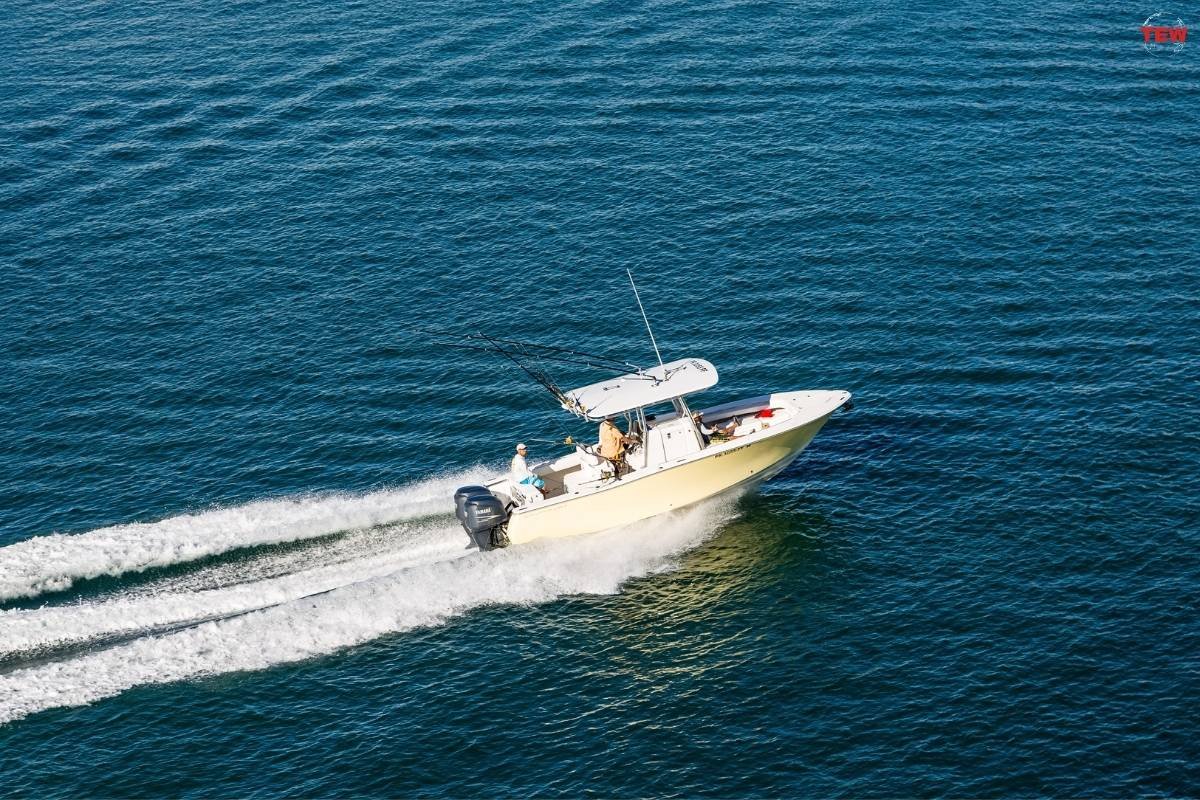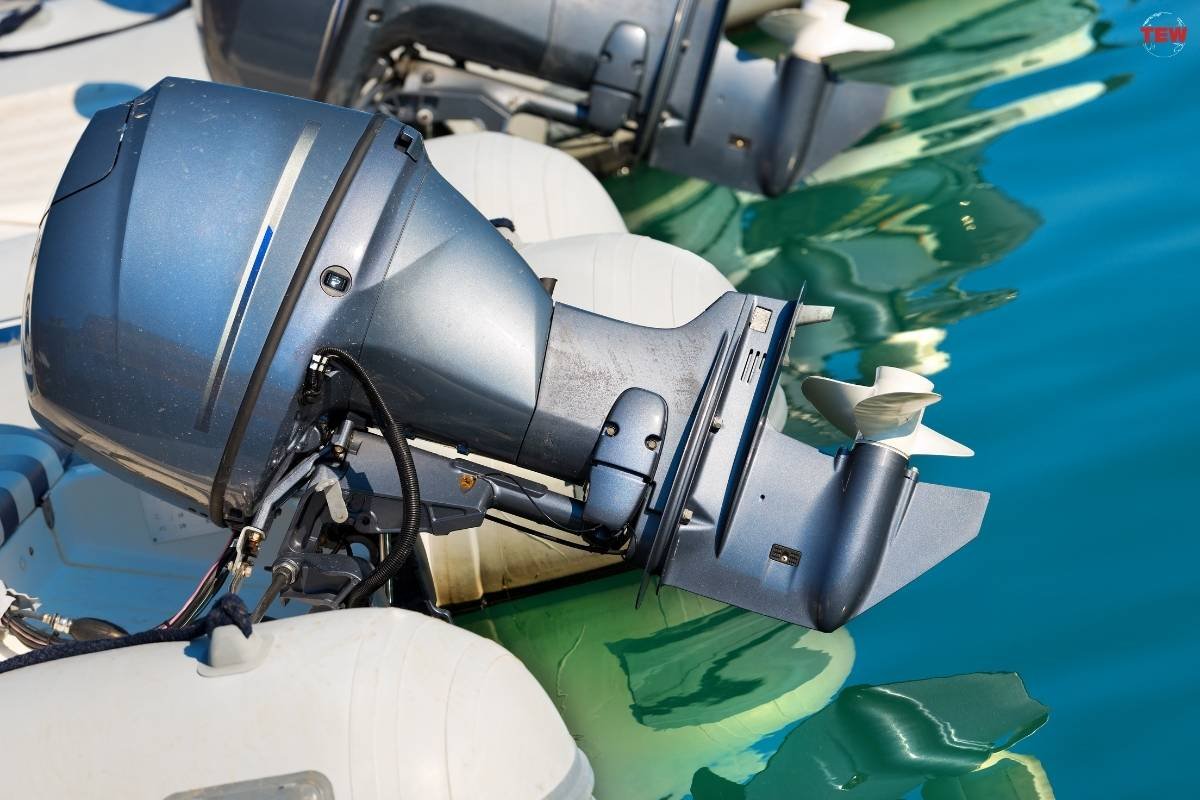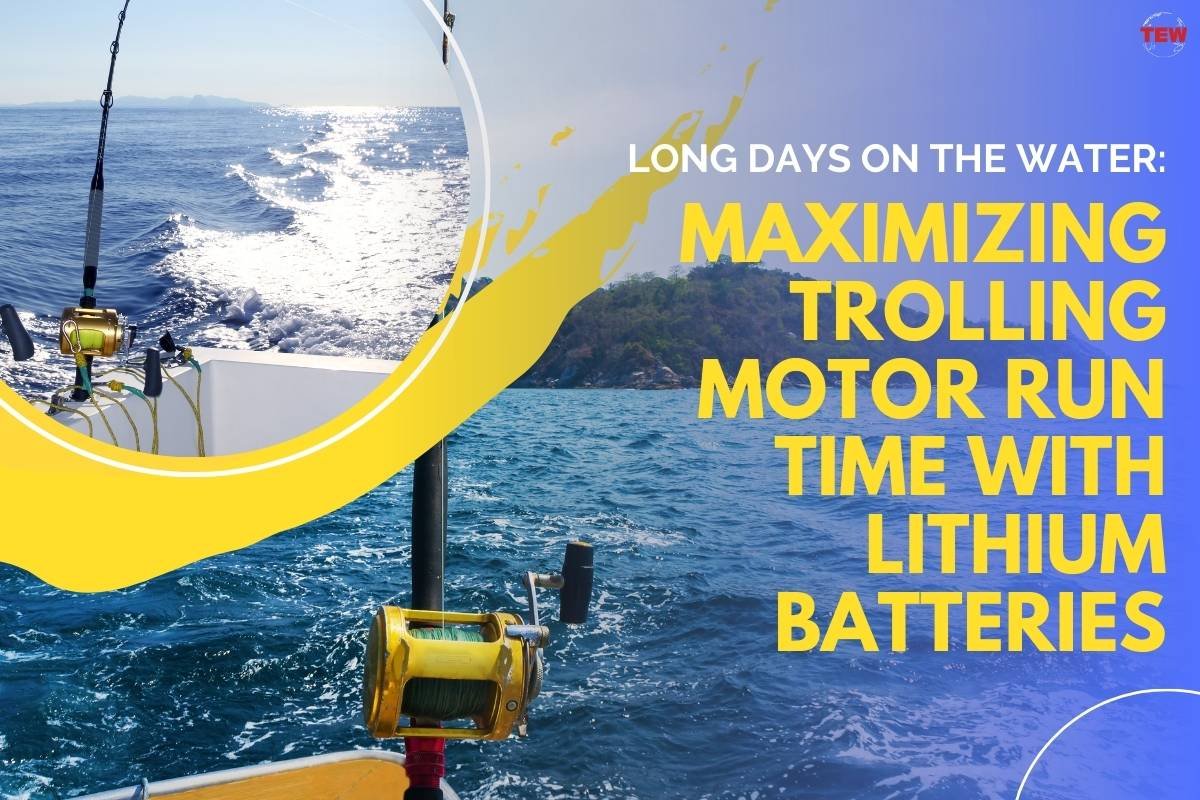Fishing has evolved significantly in recent years, with anglers increasingly relying on trolling motors to navigate waters quietly and efficiently. Whether you’re pursuing trophy bass or exploring remote fishing spots, a reliable trolling motor is essential. However, the performance of these motors depends greatly on the batteries that power them. Traditionally, lead-acid batteries were the go-to choice, but a growing number of anglers are making the switch to lithium batteries for their numerous advantages. In this article, we’ll explore how lithium batteries are revolutionizing the fishing industry by providing longer-lasting power for trolling motors.
Understanding Trolling Motors and Their Power Requirements:

1. Trolling Motor Basics
Trolling motors come in various types, such as bow-mounted, transom-mounted, and engine-mounted, each serving specific purposes in fishing. These motors offer anglers the ability to move silently through the water, allowing for precise control and positioning when fishing. Trolling motors are indispensable for techniques like bass fishing, where stealth and maneuverability are crucial.
2. Power Requirements for Trolling Motors
The power needs of trolling motors depend on factors like voltage and amperage. The voltage requirement is typically 12, 24, or 36 volts, with higher voltage motors providing more thrust and speed. Amperage, on the other hand, determines the current flow, affecting how long a battery can power the motor. To maximize your trolling motor’s performance, it’s vital to understand these power requirements and select the right battery accordingly.
Traditional Lead-Acid vs. Lithium Batteries
1. Comparison of Lead-Acid and Lithium Batteries
Traditionally, lead-acid batteries were the standard choice for powering trolling motors. While they are reliable, lead-acid batteries have their limitations. They are heavy, bulky, and less efficient in terms of both charging and discharging. Moreover, they require regular maintenance, including topping up with distilled water.
Lithium batteries, on the other hand, have gained popularity in recent years due to their remarkable advantages. They are significantly lighter and more compact than lead-acid batteries, making them ideal for anglers looking to reduce the weight on their boats. Lithium batteries also boast high energy density, meaning they can provide more power in a smaller package. This efficiency translates to longer run times on the water. When it comes to enhancing your trolling motor’s performance, choosing the right battery for trolling motors is crucial.
2. Advantages of Lithium Batteries for Trolling Motors

- Lightweight and Compact Design: Lithium batteries are a game-changer for anglers who want to minimize the weight on their boats. They are typically 30-50% lighter than equivalent lead-acid batteries, making it easier to maneuver and transport them.
- High Energy Density: Lithium batteries pack a lot of power into a small space. This high energy density means you can use the same battery for longer periods before needing a recharge.
- Fast Charging Capabilities: Lithium batteries can be charged more quickly than lead-acid batteries. This feature is particularly valuable when you need to top up your battery between fishing sessions or during breaks.
Calculating Run Time with Lithium Batteries
1. Understanding Battery Capacity
To estimate how long your trolling motor will run on a lithium battery, you need to understand battery capacity. This is typically measured in ampere-hours (Ah) or watt-hour (Wh) ratings. Ampere-hour ratings indicate how much current the battery can provide over a specific period, while watt-hour ratings take into account both voltage and amperage.
2. Estimating Trolling Motor Run Time
Calculating run time with lithium batteries involves considering the battery’s capacity and factoring in variables like the motor’s speed and the prevailing conditions. It’s essential to have a rough estimate of your trolling motor’s power consumption to plan your fishing trips effectively. Keep in mind that running your motor at full speed will drain the battery faster than using it at lower speeds.
Tips for Maximizing Lithium Battery Run Time

1. Proper Battery Maintenance
- Charging and Storing Guidelines: Follow the manufacturer’s instructions for charging and storing lithium batteries. Overcharging or exposing them to extreme temperatures can reduce their lifespan.
- Avoiding Over-Discharging: Lithium batteries perform best when they are not discharged below a certain voltage level. Using a battery monitor or voltage alarm can help you avoid over-discharging.
2. Efficient Trolling Motor Usage
- Adjusting Speed and Thrust: Use the appropriate speed and thrust settings for your fishing conditions. Running your motor at full power when it’s not necessary can drain the battery quickly.
- Navigating Efficiently: Plan your routes and navigate efficiently to reduce the overall time your trolling motor needs to operate. Avoid excessive zigzagging and unnecessary detours.
3. Backup Power Options
- Carrying a Spare Battery: Consider carrying a spare lithium battery, especially for longer fishing trips. This way, you can easily swap out a depleted battery for a fully charged one.
- Portable Chargers and Solar Panels: Invest in portable chargers or solar panels that can recharge your lithium battery while you’re on the water. These backup power sources can extend your fishing time significantly.
Real-World Experiences: Angler Testimonials
To gain further insight into the benefits of lithium batteries for trolling motors, we interviewed experienced anglers who have made the switch. They shared their experiences, emphasizing how lithium batteries have improved their fishing trips. Additionally, we conducted case studies to provide a comparative analysis of trolling motor performance with lithium batteries versus traditional lead-acid batteries.
Future Trends in Trolling Motor Batteries
The fishing industry is continually evolving, and so is trolling motor technology. In the coming years, we can expect to see innovations in lithium battery technology that further enhance their performance, safety, and longevity. These innovations may include advanced chemistry, improved safety features, and integration with smart devices to provide real-time battery monitoring.
Sustainability is another key focus in the development of trolling motor batteries. Manufacturers are working on eco-friendly alternatives and recycling programs to reduce the environmental impact of battery disposal.
Conclusion
In conclusion, lithium batteries are transforming the fishing experience by providing longer-lasting power for trolling motors. Their lightweight and compact design, high energy density, and fast charging capabilities make them an ideal choice for anglers looking to maximize their time on the water. By understanding the power requirements of trolling motors, calculating run time, and implementing tips for efficient battery usage, anglers can make the most of their fishing trips. As technology continues to advance, we can expect even more exciting developments in trolling motor batteries, further enhancing the angling experience. Whether you’re a seasoned pro or a novice angler, investing in a quality lithium battery can make those long days on the water more productive and enjoyable.




